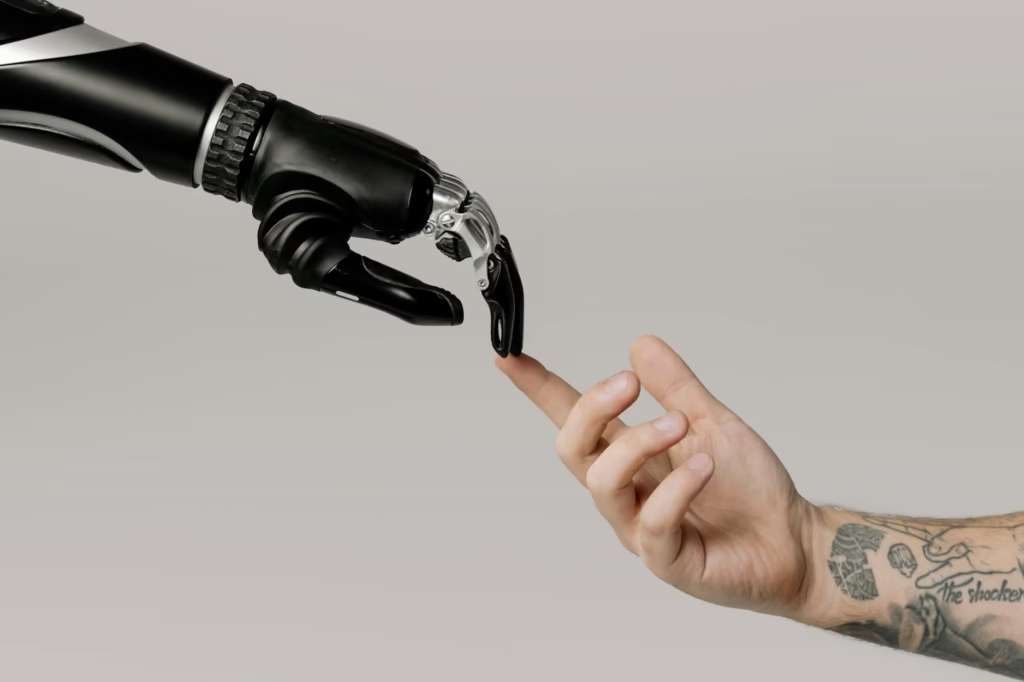The quest to build technologies that can imitate human intelligence has been a long-standing aspiration for many industries. At the forefront of this technological revolution is artificial intelligence (AI), which is transforming the way businesses operate. In the construction industry, AI plays a crucial role in turning aspirations into realities by enhancing efficiency, safety, and productivity. This article explores the applications of AI, machine learning (ML), and deep learning in construction, highlighting their potential to reshape the industry.

Understanding AI, Machine Learning, and Deep Learning
To appreciate the impact of AI in construction, it is essential to understand its core components:
- Artificial Intelligence (AI) refers to the simulation of human intelligence processes by machines, particularly computer systems. This encompasses problem-solving, learning, and decision-making.
- Machine Learning (ML) is a subset of AI that employs statistical algorithms to enable machines to learn from data and improve their performance over time without explicit programming. This capability allows systems to make predictions and decisions based on historical data.
- Deep Learning is a specialized area within machine learning that uses neural networks to analyze various data types, such as images and text. While still in its early stages in construction, deep learning holds promise for applications like structural health monitoring and energy demand prediction.
Currently, the application of deep learning in construction is limited compared to more established technologies like ML and Building Information Modeling (BIM). However, its potential is growing as the industry recognizes the value of data-driven insights.
Applications of Machine Learning in Construction
Machine learning is revolutionizing various facets of the construction industry. Here are some key applications:
A. Improving Designs
ML can significantly enhance design processes by tailoring them to user needs. For instance, firms can leverage ML algorithms to predict room usage frequency, resulting in designs that are better suited to occupants’ requirements. This predictive capability leads to more functional and efficient spaces.
B. Enhancing Safety on Job Sites
Safety is paramount in construction, and ML can elevate safety standards on job sites. By utilizing visual and audio data, platforms like Smartvid.io can identify and report safety hazards in real time. This proactive approach enables teams to hold safety briefings and address potential risks before they escalate, ultimately improving overall site safety.
C. Assessing and Mitigating Risks
The complexity of construction projects generates vast amounts of data, making risk assessment challenging. However, ML accelerates this process by analyzing data to deliver accurate risk assessments quickly. For example, Autodesk’s Construction IQ software helps project managers identify potential risks and gain actionable insights based on historical data from millions of construction projects.
D. Boosting Productivity
ML applications can significantly increase productivity on construction sites. Software solutions monitor daily operations, providing real-time insights into various tasks, such as brickwork and plumbing. For instance, Triax Technologies Inc. employs its IoT-enabled Spot-R system to track worker locations and activities, enabling project teams to optimize workflows and identify areas for improvement.
E. Predictive Maintenance of Equipment
Predictive maintenance is another area where ML excels. Systems equipped with sensors can detect anomalies in equipment performance, such as fluctuations in vibration or temperature. These systems alert companies to potential issues, allowing for proactive maintenance without the need for manual inspections. This approach minimizes downtime and reduces maintenance costs.
F. Computer-Vision-Powered Anomaly Detection
Quality control is critical in construction, and computer vision technology offers a solution for rapid and accurate defect detection. ML algorithms can analyze thousands of images per hour, identifying anomalies that deviate from established standards. This efficiency enables teams to take corrective actions quickly, enhancing the overall quality of construction projects.
G. Forecasting for Supply Chain Optimization
ML also plays a vital role in supply chain management by forecasting future needs based on historical data. By analyzing time-series data, ML algorithms can provide accurate forecasts, leading to reduced operational expenses, improved resource availability, and faster delivery times.
Challenges and Considerations
Despite the promising potential of AI and ML in construction, several challenges remain. The current limitations of these technologies include a lack of widespread adoption, data quality issues, and the need for robust infrastructure. Additionally, resistance to technological change can hinder progress, emphasizing the need for industry-wide education on the benefits of AI and ML.
Conclusion
AI and machine learning are poised to transform the construction industry by enhancing efficiency, safety, and productivity. As these technologies continue to evolve, their applications will expand, leading to more innovative construction practices. Embracing AI innovations is essential for companies looking to stay competitive and deliver projects that meet the demands of a rapidly changing world.
This article provides a comprehensive overview of the role of AI and machine learning in construction, highlighting key applications and potential benefits. If you need any adjustments or additional information, just let me know!
